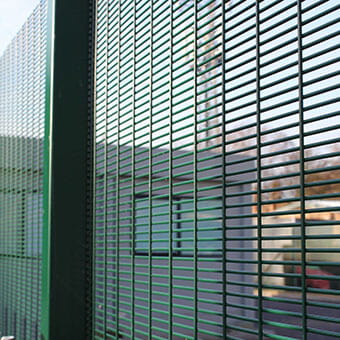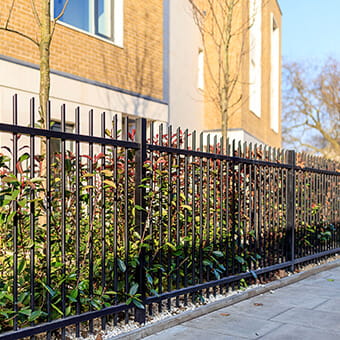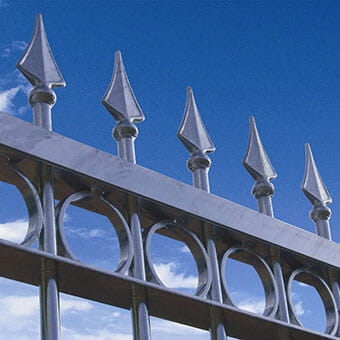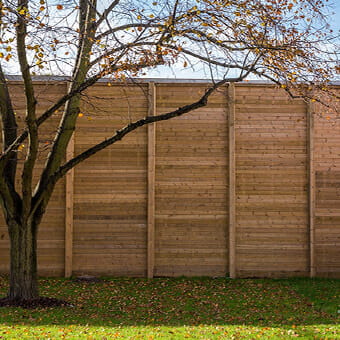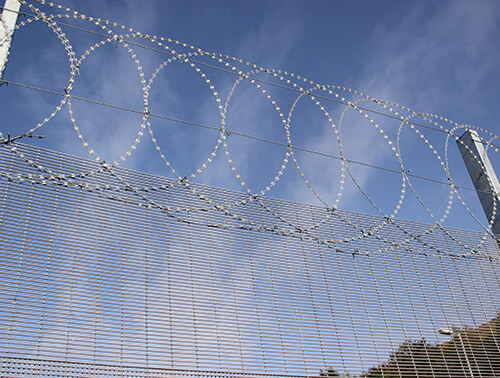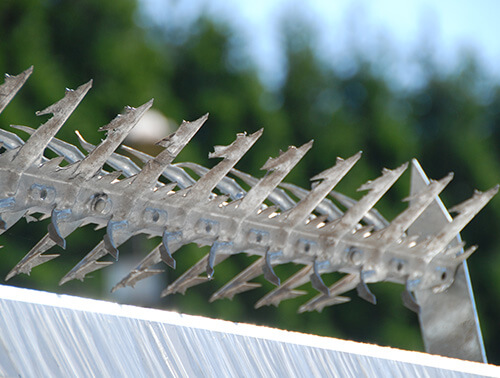Our other sites:
The importance of utilities sites and critical national infrastructure (CNI) to the economy, and the widespread damage a security breach could cause, mean it is essential to offer utilities sites the very highest levels of protection from threats, ranging from opportunistic theft or vandalism to acts of terrorism.
High-Risk Sites
Security breaches can have significant implications on public safety and service availability. In recent years, there has been a series of security incidents that highlight the importance of keeping sites safe, including a substation break-in that resulted in a power surge, setting four homes ablaze.
These high-risk environments demand that those in charge of security select products proven to withstand sustained attacks using a range of attack tools, including professional power tools. Furthermore, there is the commitment of ongoing inspection and maintenance of all physical security devices to identify and address weaknesses.
Security Standards
A typical security plan for utilities sites should employ the ‘Onion Principle’ to provide multi-layered protection, working from the outer perimeter into the centre, delaying the attacker and providing security staff time to respond. The outermost layer (perimeter security) should create an effective physical barrier that prevents unauthorised access.
For a guaranteed level of security, fencing systems that have been given LPS1175 certification and awarded an official Security Rating should be considered. Ranging from SR1 to SR5, Security Ratings are an accurate indication of fence strength, representing the levels of resistance to intruder attack. They are awarded to products after rigorous independent testing by BRE/LPCB; for security barriers, this takes the form of simulated, timed attacks. Furthermore, it’s vital to choose perimeter security products that are supported by a quality guarantee since they are an essential aspect of the infrastructure of a site and offer greater lifetime value.
Regular Maintenance
Good perimeter security practice should also include thorough and regular maintenance. Perimeter fencing must be inspected on a regular basis to spot any changes that could affect performance. Access control systems such as gates, turnstiles, barriers and blockers also need to be regularly tested for mechanical wear and tear, which ensures the continued safety of everyone entering and exiting the site. Since automated gates and barriers are classed as machinery, they are covered by legislation requiring them to remain in safe working order; particular attention should therefore be paid to their safe operation.
Related products
Jacksons Security has a range of products relating to this article, all complete with our 25 year service life guarantee. If you cannot find the item you are looking for, please do not hesitate to call our friendly sales team.
Related Content
Top
